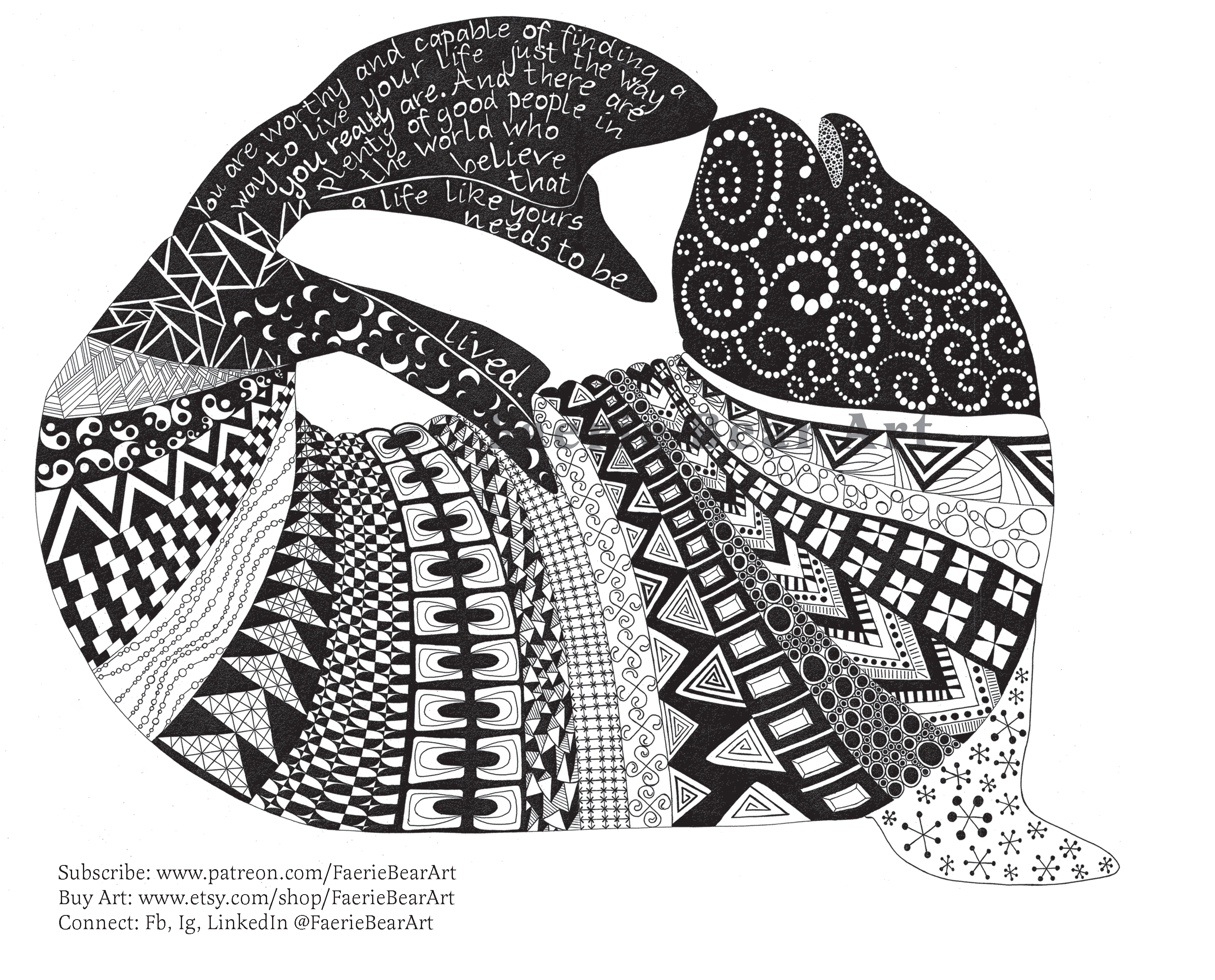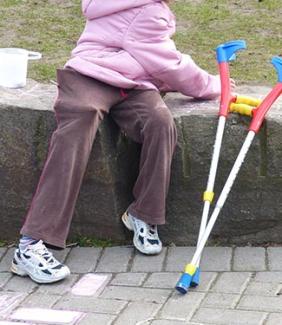By Skylar Kantola, Co-Founder of Indiana Disability Justice & Founder of Faerie Bear Art; Jody Powers, Disability Justice and Violence Prevention Hub Coordinator with the Indiana Coalition Against Domestic Violence; and Cierra Olivia Thomas Williams, Prevention Specialist with the Indiana Coalition Against Domestic Violence and Co-Founder of Indiana Disability Justice
Introduction: What Covid-19 Has Taught Us About Disability Justice
The Covid-19 pandemic has shown that people don’t do well without human connection. Depression, anxiety, and frustration increase. Violence in the home rises due to the decrease of emotional support and the increase of stress. The inability to work and have our basic needs met is deemed so overwhelming that the U.S. government has found trillions of dollars to give Americans some kind of relief. We have found creative ways (accommodations) to keep working and to keep doctor appointments through the use of technology.
However, we allow the isolation of people with disabilities to happen all the time through the inaccessibility of sidewalks, transportation, social outings, and homes. We neglect the basic needs of people with disabilities when we refuse to build public restrooms that people can actually use. We withhold employment opportunities from people with disabilities when accommodations and flexible schedules aren’t offered. We continuously place people with disabilities in harm’s way when we don’t offer them safe places of retreat with the correct supports when escaping abusive people. Yet with the Covid-19 pandemic affecting the lives of non-disabled people, shelters have found creative ways to remain open, accessible, and safe.
As you, sexual violence and domestic violence advocates and preventionists, read this TAQ, we hope you can use your own sense of isolation from this past year as motivation to learn and incorporate the principles of Disability Justice. So many people with disabilities have faced isolation for years. Now that society has a better understanding of the damaging effects of isolation, we can no longer pretend that keeping people with disabilities from community is not that big of a deal. People with disabilities matter; that is why Disability Justice matters.
Disability Justice and Primary Prevention
As Mia Mingus articulates: “disability justice is a multi-issue political understanding of disability and ableism, moving away from a rights-based equality model and beyond just access, to a framework that centers justice and wholeness for all disabled people and communities.” Utilizing a disability justice framework in practice means that:
- People are valued for their humanity, regardless of their “productivity” or ability to contribute to the economy;
- People with disabilities are important and worthy of respect. Like all other people, people with disabilities deserve to live lives free of harm;
- All people, including medical providers, move away from a “cure” mentality (and standardized, ableist views of peoples’ “standard of life”) regarding disability towards one that recognizes each person’s own standards of a “good” quality of life;
- There is celebration, not just tolerance, of neurodiversity and diverse ways of being, perceiving, communicating, and moving through the world;
- People have equitable access to safe, affordable health care, employment, housing, water, sanitation, nutrition and culturally affirming food, internet, and otherwise have their basic needs met at a level that fits their life;
- All people are believed to know their own needs, bodies, and convey their own narratives;
- Disability is seen as a normal part of life and something that all people will likely experience temporarily or permanently at some point in their lives.
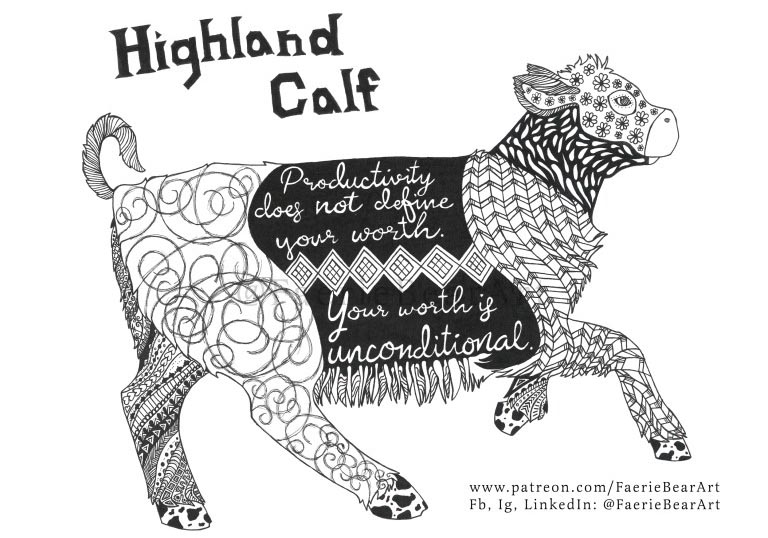
There are a number of ways Disability Justice and primary prevention converge and diverge in theory and practice. Some of the ways in which these ideas overlap include:
- Seeking to create holistic wellness across the lifespan for each individual, in social relationships, in all systems (medical, legal, education, etc.), and across communities and society;
- Preventing harm by intervening at the structural level;
- Attempting to prevent and disrupt harm by changing structural determinants of health which are often rooted in socio-historical inequity;
Some ways in which these ideas diverge include:
- Disability Justice includes policy change, but it does not consider policy change the “highest” impact goal. Disability Justice tends to view policy change as just one tool for change rather than a primary outcome.
- Primary prevention dissects complex social phenomena into a “before” and “after” experience which often does not represent peoples’ lived experiences. Disability Justice instead recognizes that primary prevention requires the integration of other forms of prevention and intervention, for example, by utilizing practices such as transformative justice to ensure trauma integration and healing as forms of prevention.
- Primary prevention is sometimes understood to mean that disability or race, etc., are in and of themselves risk factors for harm, rather than identifying the persisting socio-historical structural roots of inequity that cause people from marginalized experiences and communities to be at greater risk for harm. For example, “good health” is often a goal in primary prevention without consideration for chronically and environmentally (climate gentrification, racialized pollution, etc.) ill persons. In other words, primary prevention and public health conflate “health” with “wellness.”
Margins to Center: History and Modern Implications
Much of Black feminist and womanist theory and practice has implicitly and explicitly implemented the “Margins to Center” ideas originally articulated by bell hooks. In this framework, bell hooks recognizes that in order for society to progress towards greater equity, wellbeing, and other forms of success, we must prioritize or “center” (not just include) those from the most historically marginalized communities. Research continues to demonstrate this as well, showing that addressing the needs of those with the highest levels of historical, communal, intergenerational, and interpersonal trauma; alleviating those with the worst health disparities and fewest “life chances”; and creating greater equity benefits our broader society in terms of public health, economics, and innovation.
To center and uplift people with disabilities, we must first understand some of the ways in which these communities have been historically and currently marginalized. Prior to widespread colonization in the mid to late 1400’s, Indigenous communities globally recognized the equal humanity and unique contributions of people with disabilities in their communities. Colonization by white supremacists globally exported the view that people with disabilities have less human value than non-disabled people and the myth that not having a disability was normal, and therefore connecting “normal” with “healthy” or “valuable.” These ideas were rapidly codified by the 1700’s as industrialization and the modern global, capitalist infrastructure began to be formed. Enlightenment, capitalism, and colonialism (as well as the formation of abolitionist and colonial resistance movements in the U.S., Haiti, and France) created the perfect breeding ground for the simultaneous formation of legalized racial segregation and policy alignment with chattel slavery and Indigenous genocide, as well as establishment of eugenics ideology and policies against people of color and people with disabilities.
Eugenics as a philosophy was first articulated by Charles Darwin’s cousin, Francis Galton in the late 1800’s. Indiana has the unfortunate distinction of being the first government system in the world to implement a eugenics policy. In 1907, Indiana passed a law legalizing forced sterilization of “confirmed criminals”, “idiots”, “imbeciles”, and “rapists.” Following a subsequent Indiana law, the U.S. Supreme Court (Buck v. Bell) ruled in 1927 that forced sterilization of people with cognitive and developmental disabilities or those in public institutions was not against the U.S. Constitution. Conservative estimates suggest that tens of thousands of people were forcibly sterilized in the first 70 years of the 20th century. Policies that followed across the U.S. included preventing people with cognitive and developmental disabilities from marrying or having intimate relationships (mirroring laws that prevented marriage across race); the development of various foundations, conferences, and political movements for racist and ableist science and policies; and of course culminated in collaboration between American and German eugenicists that resulted in the genocidal and holocaustal policies and practices of Nazi Germany.
Prior to the 1980’s, due to a lack of accessibility policies and a pervasive cultural norm of dehumanizing people with disabilities, very few people with disabilities were able to live independently, access formal education, access public facilities, access affirming health care, or have fulfilling intimate partnerships. De jure and de facto segregation and isolation has resulted in generations of people with disabilities experiencing forced/coerced incarceration (in “asylums”, prisons, or even “disappointments” rooms for the wealthy), forced sterilization, and being effectively eliminated from public life. Even with numerous disability rights laws passed since the 1980’s, people with disabilities: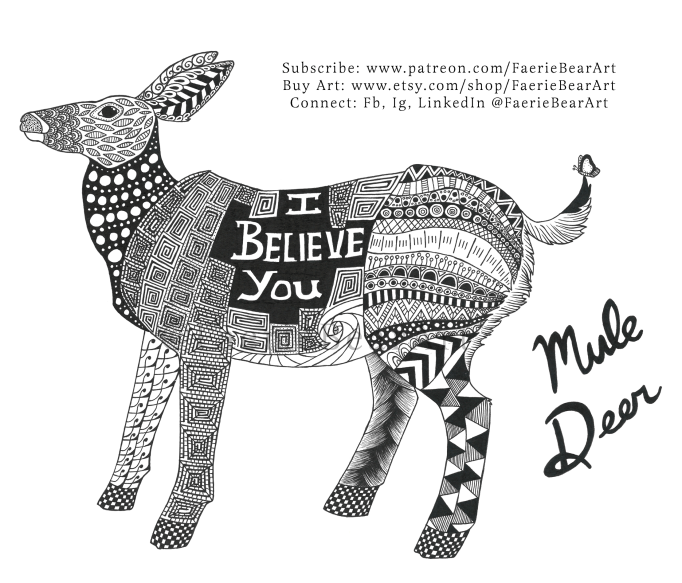
- Continue to lack equitable access to education and may only access segregated education;
- Often cannot afford appropriate health insurance or access comprehensive, affirming care;
- Are still exempt from the 1938 Fair Labor Standards Act, allowing employers to sometimes pay people with disabilities cents on the hour;
- Experience 3-4 times the level of food insecurity and much higher levels of mental illness resulting from structural stressors as non-disabled peers;
- Are often left stuck in the cycle of poverty by coercive, capitalistic disability benefit and poverty alleviation policies.
Although many people’s theory of change is rooted in the Dr. Martin Luther King Jr. quote, “The arc of the moral universe is long, but it bends towards justice,” the authors of this TAQ find ourselves more in alignment with the theory of change presented by Ibram X. Kendi in Stamped from the Beginning: The Definitive History of Racist Ideas. Kendi explains that racism is codified in culture and policy to justify the status quo against anti-racist resistance and therefore, racism and Racial Justice progress in parallel. Similarly, Disability Rights and Justice movements have progressed in parallel to ableist organizing through movement building by self-advocates. Some of incredible achievements of the Disability Justice movement and allied movements include legislation such as the Americans with Disabilities Act (ADA) and disability benefits, structural changes such as a shift from standardized to functional medicine and the deinstitutionalization of people with cognitive and developmental disabilities, and societal cultural changes such as the increasing practice of mutual aid networking.
Despite resistance movements, the previously explored socio-historically rooted structural inequities result in startlingly high rates of sexual violence, intimate partner violence, violence from health care providers and caregivers, elder abuse, financial exploitation, and child abuse against people with disabilities.
More recent research from Indiana, for example, conservatively estimates that almost 2/3 of people with cognitive or developmental disabilities experience sexual violence in their lifetimes while 68% to 83% of women with cognitive or developmental disabilities will experience sexual violence in their lifetimes (Dumayas, 2020). The movement to end violence depends upon each one of us to intentionally address structural discrimination and historic disadvantage within our social and political systems; these dual forces enable the tolerance of widespread inequality and violence, and people with disabilities experience a disproportionate rate of harm.
Universal Design Benefits Everyone
One of the hallmark concepts that aligns with “margins to center” is the practice of Universal Design. Universal Design refers to when spaces, policies, and practices are intentionally designed to be accessible to those with the least access. Applying universal design in the violence prevention movement means actively considering who has the least access to prevention and intervention services and then making a deliberate effort to design policies and practices that center those who have the least access. Examples of universal design might include:
- Building hallways wide enough for those with mobility devices or using American Sign Language (ASL) to communicate comfortably,
- Providing job interview questions in advance so people of any neurotype can prepare equitably,
- Utilizing Communication Access Realtime Translation (CART) services for videos and meetings and ensuring all recordings include manually entered/edited, accurate captions,
- Providing menus well in advance of in-person events so those who need a personal care attendant or need to plan their clothing in advance may do so,
- Utilizing plain, concrete language in service settings and planning time for questions (including time for the client to process information to formulate questions),
- Explain/display accommodations offered for each event and include multiple ways someone might request accommodations. This means clearly explaining event activities/participation in advance so that people can understand what they will need to engage,
- Considering how you will reach those who do not have access to transportation or reliable internet, especially in the time of Covid-19 when most events are online.
As self-advocates and survivors of oppression, the authors of this TAQ recognize that unless we are intentionally addressing ableism, racism, and other forms of systemic injustice in our practice, our work will cause harm and increase those inequities.

Next Steps
While we write this, people with illness, injury, or disease are dying from Covid-19 at disproportionate rates across the globe and even being left to die so that non-disabled people can be “triaged” in health care settings through the pervasive assumption that their lives matter more. Like rates of sexual violence and intimate partner violence among people with disabilities, who is dying (and how) is another indication that the health of the public is not equally distributed. We all have bodies, we all have needs, and we all require and deserve care, love, respect, support, fun, and play throughout our lifetimes in order to experience a lasting sense of wellness. When we only use the public health approach to prevent violence, we achieve the status quo, because there is no imperative to decrease inequality or increase equity in the capitalist system that is so closely intertwined with the U.S. government. Fulfilling human need should not be extra, or “special.” Fulfilling human need and going beyond basic inclusion or access is foundational to ending violence against all people, including people with disabilities.
People with disabilities experience disproportionate rates of poverty, lack of education, lack of accessible 24-hour public transportation, lack of access to the internet, which add up to social isolation and a lack of opportunity to fulfill one’s basic needs. Each of these factors are risks that contribute to the context and quality of an individual’s experience of care and overall wellness. These are a just a few recommendations to help preventionists and advocates create protective environments led by people with disabilities:
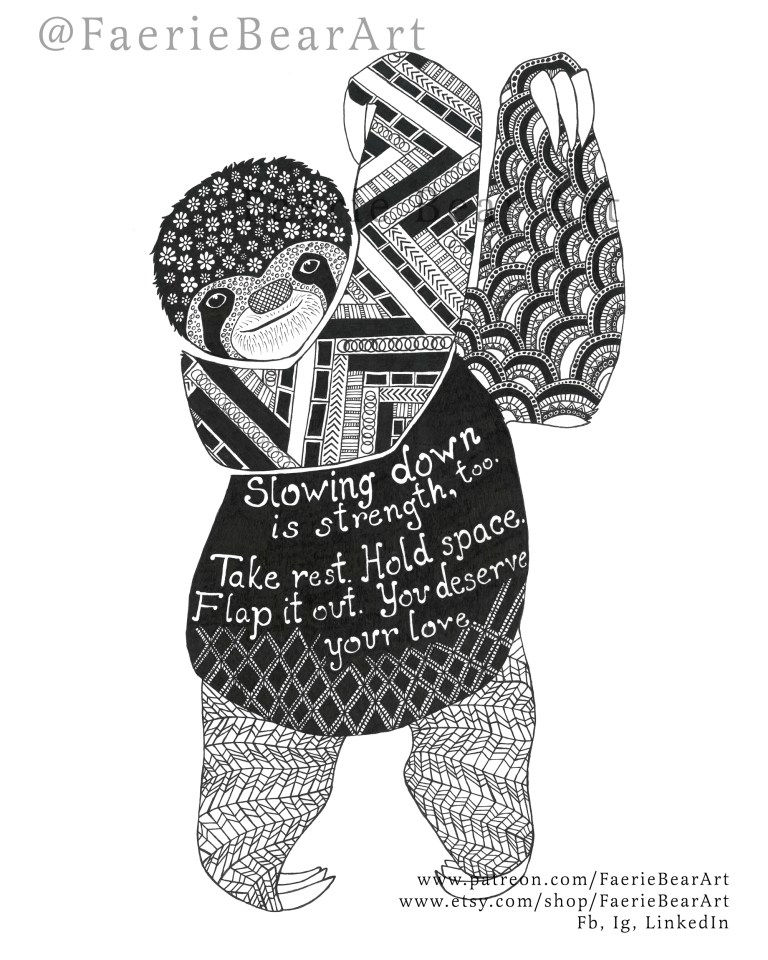 Identify and disrupt your own internalized ableism. Do you feel guilty when you take time off work? How does this make you feel towards people who cannot work? How do you feel about your own body? Do you feel appreciation towards fat people the same as you do towards slim people, or do you experience fear, disgust, or shame? What do you need to feel love and appreciation of yourself and others regardless of productivity or body type?
Identify and disrupt your own internalized ableism. Do you feel guilty when you take time off work? How does this make you feel towards people who cannot work? How do you feel about your own body? Do you feel appreciation towards fat people the same as you do towards slim people, or do you experience fear, disgust, or shame? What do you need to feel love and appreciation of yourself and others regardless of productivity or body type?- When designing a policy or program, ask people in many marginalized communities for their perspectives and input. PAY THEM appropriately for their experiential expertise, time, and effort.
- Assess gaps in your agency’s implementation of “margins to center” and “universal design” policies and practices. It takes time and intention to establish care among people, especially among people in groups, to prevent violence (because disadvantage is supported historically, economically, and structurally). Subscribe to the Indiana Disability Justice resource hub to get our upcoming Organizational Assessment Tool for free.
- Use data to make decisions about where to invest time, energy, and funds to create protective social and structural conditions. When we acknowledge harms of the past with deliberate investment in improving the public’s health well into the future, we close the gaps between advantaged and disadvantaged populations making way for reparative relationships among all people.
- Recognize the connections among health outcomes for marginalized communities, a sustainable, healthy Earth, and wellness for all. This requires each person to consider how organizational policies and practices impact people, animals, and the environment collectively.
- Consider checking the free resource hub that is maintained by the Indiana Disability Justice Task Force! The hub includes cutting edge, evidence-based infographics and other educational tools, webinars, essays, and artwork from the perspective of self-advocates, preventionists, service providers, and caregivers.
Because people with disabilities experience disproportionate amounts of neglect, abuse, and exploitation across their lives, our work to prevent and intervene in multiple forms of violence must address the willingness of others to exploit people with disabilities. Healthful interdependence is what enables human thriving, human innovation, and the power to participate and impact the world beyond our bodies.
